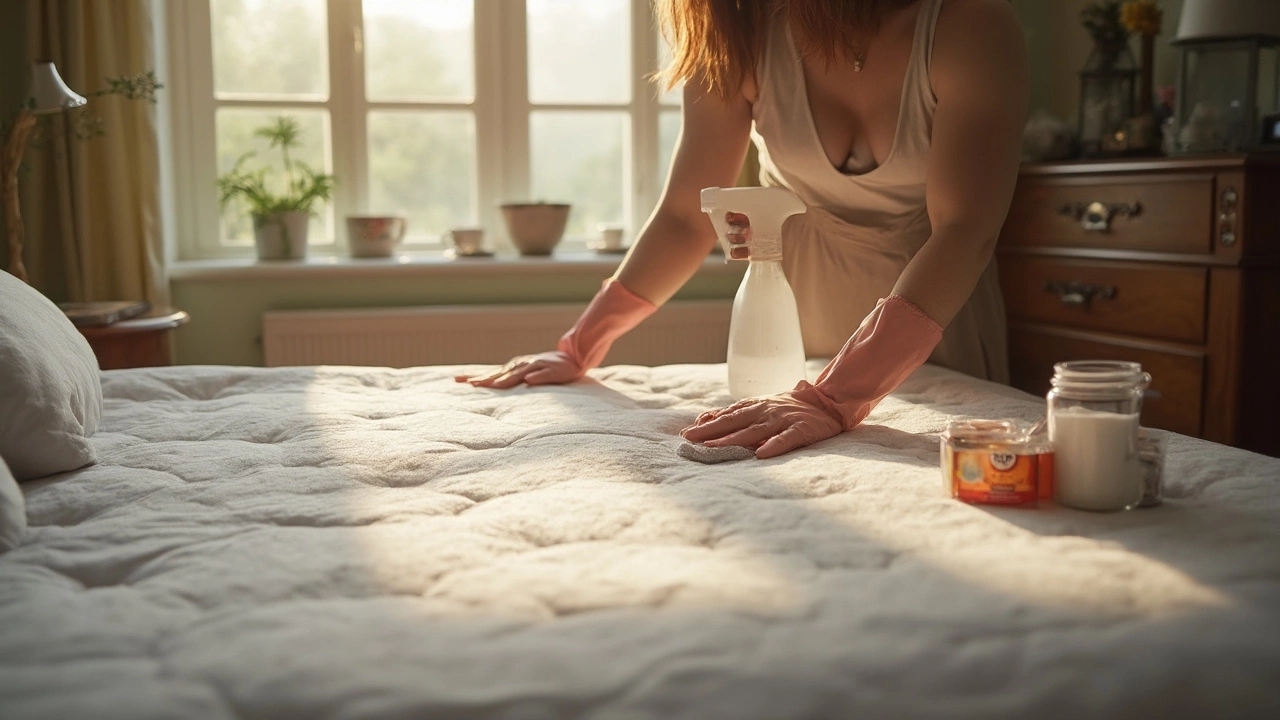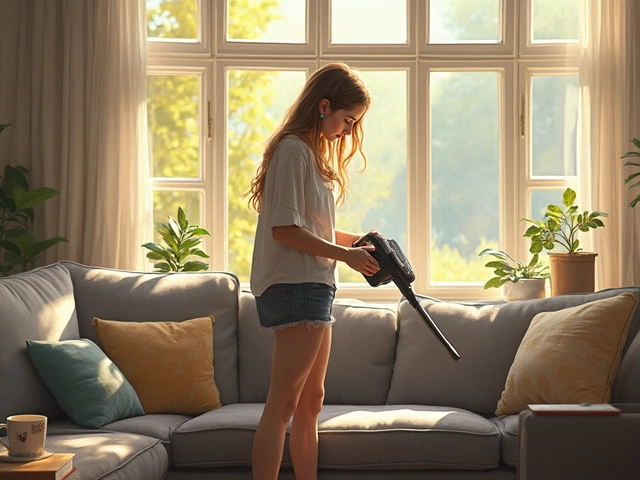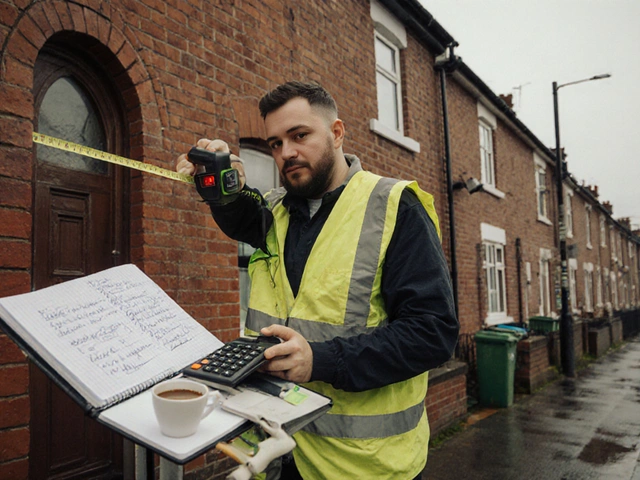Deep Stains: How to Tackle the Toughest Marks
When dealing with deep stains, persistent discolorations that soak into surfaces and resist ordinary cleaning. Also known as stubborn marks, they often require a mix of the right chemistry and proper technique to disappear.
What Makes a Stain “Deep”?
Deep stains are more than surface dirt; they embed themselves in pores, fibers, or mineral layers. That’s why a simple wipe rarely works. The first step is identifying the stain type because each one reacts differently to cleaning agents.
Consider hard water stains, minerals that leave a stubborn film on glass, tiles, and metal surfaces, also called limescale. These deposits form when calcium and magnesium in water dry onto surfaces, creating a chalky residue that standard soap can’t lift.
Next up are urine stains, organic stains that contain uric acid, salts, and proteins. They smell strong and can yellow fabrics or hardwood if not treated quickly. The acids in urine bind to fibers, so you need a neutralizing agent, not just a deodorizer.
carpet stains, deeply embedded pigments and oils within carpet fibers, are another common nightmare. Whether it’s red wine, coffee, or pet mud, the stain penetrates the pile and often seeps into the backing, making removal a multi‑step process.
All these challenges become easier when you choose the right cleaning chemistry. eco-friendly cleaning product, non‑toxic, biodegradable solutions that use natural acids, enzymes, or surfactants, offers a safe alternative to harsh chemicals while still breaking down stubborn residues.
So how do you turn theory into results? First, always test a small hidden area. Then, apply the cleaning agent in a controlled amount, let it dwell for the recommended time, and agitate gently with a soft brush or microfiber cloth. Rinse or blot thoroughly to avoid re‑deposition.
For hard water stains, a vinegar‑based solution (1:1 with water) works because acetic acid dissolves calcium deposits. For urine stains, an enzyme cleaner breaks down the uric acid, neutralizing both odor and color. Carpet stains often need a two‑phase approach: a pre‑treatment to lift the pigment, followed by a low‑foam surfactant to lift the oil.
Tools matter too. A spray bottle ensures even coverage, a soft‑bristled brush reaches into texture without damaging it, and a clean microfiber towel absorbs excess liquid without scratching. For larger areas, a low‑pressure steam mop can combine heat and moisture to loosen deep bonds.
Safety and environmental impact should never be an afterthought. Wear gloves when handling acidic solutions, ensure proper ventilation, and choose products labeled biodegradable to protect your home’s air quality and local waterways.
Quick checklist before you start:
- Identify the stain type (hard water, urine, carpet, etc.).
- Select an eco-friendly cleaning product suited to that stain.
- Test in an inconspicuous spot.
- Apply, dwell, agitate, then rinse or blot.
- Repeat if necessary, but avoid over‑watering.
Now that you understand why deep stains stick and which tools and products work best, you’ll be ready to see the collection of guides below. They dive into specific scenarios, from bathroom tiles to kitchen ovens, giving you step‑by‑step instructions you can follow right away.





